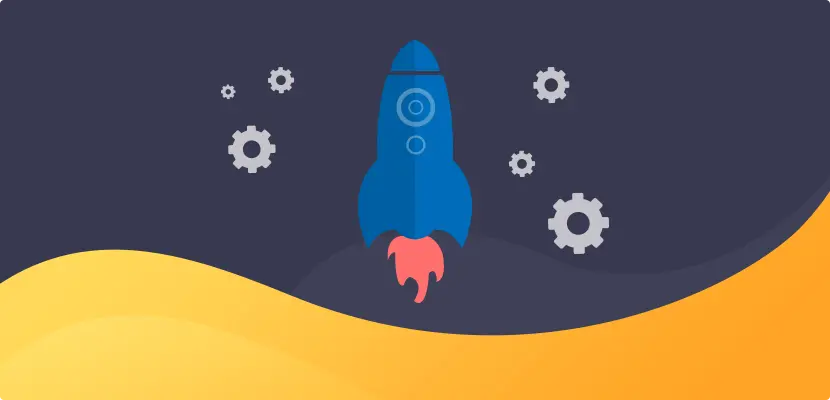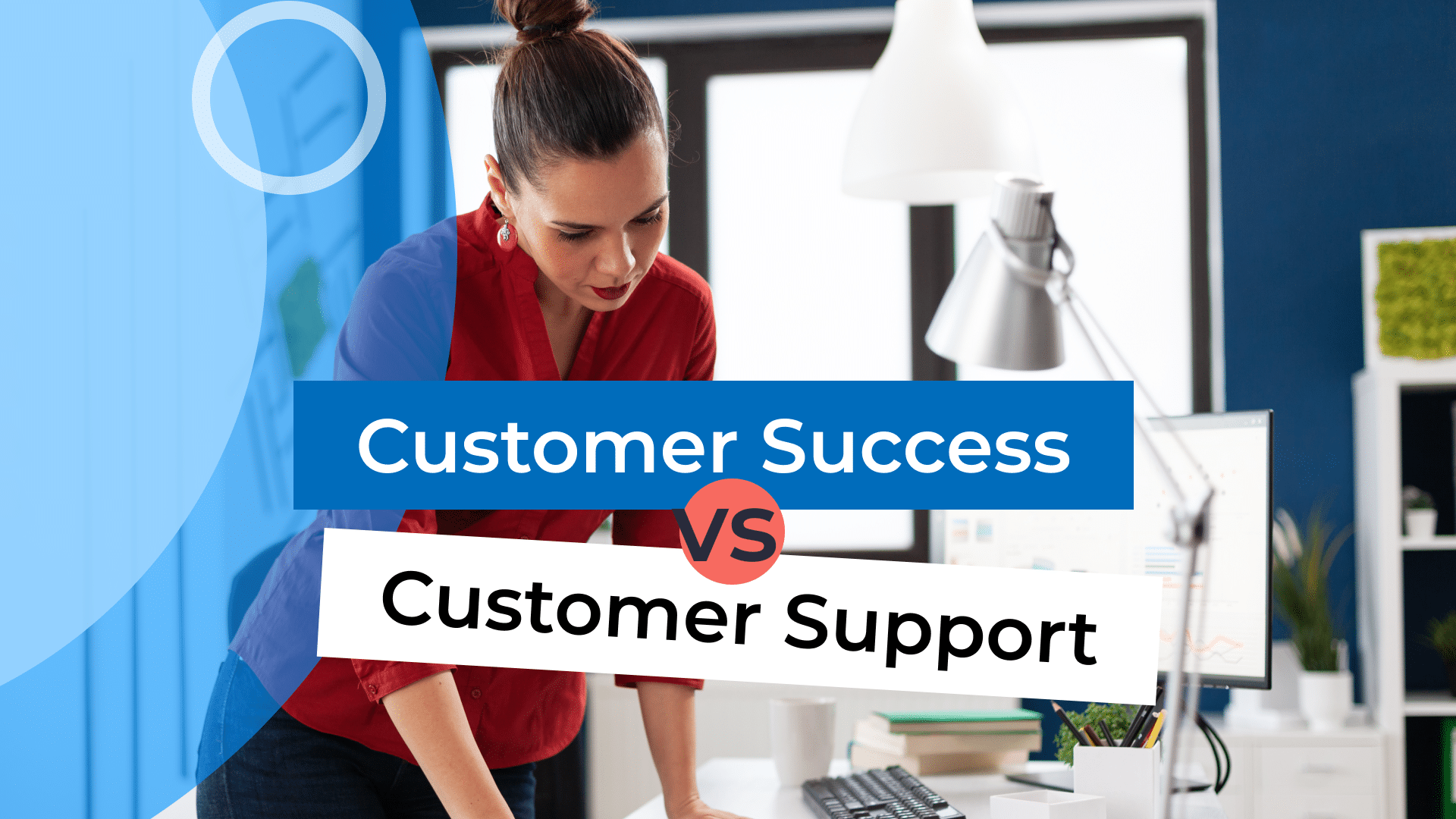How do your customers define success with your product / service?
If you can’t answer that question immediately, your customer success program will suffer. But figuring out how your customers define success—and how you can help them reach it—isn’t easy.
Customer success personas can help. As you’ll see, it takes time and effort to create these personas. But the payoff is significant. Read on to find out how to collect data, construct personas, and put them to use.
What Is A Customer Success Persona?
A customer success persona is a snapshot of an imaginary customer of your company. (Though it’s based on real customers.) Each persona contains information that defines what success means to your customer.
Exactly what information is in the persona will depend on your company and the level of detail you’re aiming for. But it will almost certainly includes things like name, age, gender, title, industry, responsibilities, primary goals, secondary goals, and common objections.
The persona is a useful tool for improving the efficacy of your customer success program. It gives insight into what your customers are looking for and reminds employees what they should be focusing on. It’s a guide for your entire customer success program.
So how do you make one? You start with the basics.
1. Research (Listen)
You already know who your customers are, right? Why not get started creating those personas right away?
Don’t. It’s a big mistake.
Everyone thinks they know who their customers are, what they want, what drives their decision-making, and so on.
But customers are complex. They have different motivations, and understanding those motivations is crucial for creating effective personas.
So you’ll need to do some research. Speak with everyone who can provide you insight into what your customers are really looking for. You should start, of course, with customers themselves.
Surveys, focus groups, and interviews are all great ways to get insight into your customers. But your data collection doesn’t have to be so formal. Whenever you’re in contact with a customer, ask them a couple questions about why they use your product and what they’re looking for (and make sure to record the answers).
You can also look at your contact and email lists, CRM software, and other databases that contain customer information. This is a good way to collect information like title, responsibilities, industry, and so on.
Of course, you can go a different route and hire a firm to collect data for you. These organizations run interviews and focus groups, collate and analyze the data, and present you with solid, actionable data. It’s not cheap, but there’s no better way to get deep insights into your customers.
It’s not just your customers that you should talk to, though. Your customer support team will have many insights into what customers are actually looking for. The sales team will as well. Customer success involves many different teams, and you should talk to as many as possible.
In the end, you want as much information as you can get about who your customers are and what they’re looking for. The most important question, of course, is this: what defines success for your customers?
2. Limit Your Personas
If you’ve never gone through this process before, it can be tempting to outline as many personas as possible. And while it might seem like you’ll be able to address every customer’s version of success with this strategy, it will actually make your life much more difficult.
Creating personas takes time, and the more you create, the more time you’ll need to invest. But there’s more to it than that. Employees should also be referencing these personas on a regular basis—and lots of personas means it’s going to be hard to find the right one. They’ll also need to be maintained when your customer base changes.
It’s easiest to start with two or three personas. If you have a very diverse customer base, you may want to add more. But in general, two or three will cover your needs at first.
Be sure to decide how many you’re going to create before you actually start the process, or else it can get out of hand when you’re sorting data.
3. Assign Data To Each Persona
It’s time to put all of that data that you collected to use. You can use a spreadsheet app like Excel, a statistics package, or just a glance over the data to pull out patterns. You’ll want information like the most common industries your customers work in, the most common position titles, responsibilities, and so on.
If you want a full list of questions to consider when creating your persona, I recommend checking out HubSpot’s “How to Create Detailed Buyer Personas for Your Business.” While it’s focused on marketing personas, most of the information is relevant. The article also has a free template that you can use to start working on your own personas.
In the beginning, you might create simple personas that contain only the most relevant pieces of information for your program. Here’s a sample persona you might create:
- Name: Evelyn Executive
- Role: CEO
- Industry: Manufacturing
- Age: 52
- Primary goal: Reduce costs without reducing quality
- Secondary goals: Offer better service to customers, reinvest profits in employees
- What we can do: Provide higher-efficiency services
- Objections: Hesitant to adopt unproven technology
(Don’t skip out on demographic data like name, age, and gender. They provide you with useful insights into your customers and help the personas feel more real. Adding a picture of a real customer brings the persona to life even more.)
This generalization, drawn from your data, gives you an idea of who you’re working with and what they want. All of the information that you add to this persona should come from your research. Don’t guess at what the objections might be—ask your sales team. Don’t guess at the industry—use your contact lists to find out who you’re dealing with.
The more information you can include here, the better. HubSpot’s customer persona template is very detailed, and has room for adding a lot of information that will help you get better insight into your customers and how they define success.
Remember that the point of this entire exercise is understanding what success means to your customers. If you have any information that’s relevant to customer success, make sure it’s in the buyer persona.
4. Integrate Personas Into Your Customer Success Program
At this point, you’ve successfully created a few simple customer personas, and you’re ready to start using them!
The most obvious place to integrate customer success personas is in the onboarding phase for new employees. When you’re bringing on new customer success personnel, they need to know who your customers are, how they define success, their sticking points, and anything else that might influence how your team does its job.
The personas can also feature prominently in ongoing customer success training, not only for your customer success team, but anyone else who’s peripherally involved. Sales and marketing people should understand the personas so they can focus on customers’ definitions of success. Tech support should know the types of problems that are likely to come up. And so on.
(You might be wondering at this point if customer success and marketing should have their own independent personas. This is a tough call, and may depend on your particular situation. In most cases, though, the two teams can probably use the same personas.)
Customer success personas can also be used outside of specifically customer-success-focused activities. Your development team should have a strong understanding of what your customers need to succeed, for example. They can then keep those factors in mind when developing new features.
It’s good for customer support to know what influences customers’ views of success, too. These views often underlie support requests, and understanding the relationship between the request and the customers’ ultimate goal can help make the process more efficient.
In short, you should use your customer success personas in as many different areas of your business as possible. Review them regularly and check them against your current customer base to see if they should be updated. Bring them up in meetings. Check your activities against their desires and needs.
5. Keep Your Personas Updated
As your company grows and changes, your customer success personas will change as well. And it’s important that you take time to update them. Especially if you add new products or services. In some cases, you may even want to create different profiles for different product lines.
No matter how your company changes, make sure that your customer success personas always reflect how your customers define success and what they need from you. It’s not a bad idea to have an annual meeting to review and update the personas.
It should also be easy for your employees to make comments on personas to influence future updates. Use a learning management system or company intranet with social features that let employees leave comments when they think a persona should be changed.
These are living documents, and will change with your company. The worst thing you can do in creating a customer success profile is to stick it in a folder where no one will ever find it and forget about it there for years.
Additional Details To Consider
If you checked out HubSpot’s marketing persona template, you’ll see that there’s a lot more information you can include in your personas. Some people include personal history, family life, likes and dislikes, important influencers, contact preferences, education, and a wide variety of other factors.
Should you include these in your personas?
The short answer is yes. The longer answer is yes—if you have the time and bandwidth. Many companies starting up a customer success program are bootstrapping their way to full speed, and can’t dedicate hours of time to get all of this information from a variety of customers.
If you already have most of this information, great. You should definitely take the time to finish off your data collection to create complete profiles. If you don’t, you’ll have to make a judgment call.
I’ll note here that you should, at some point, develop complete customer success personas. Down the road, once your customer success program is more established and you have a customer base large enough to draw more conclusions from.
It doesn’t need to be now. It doesn’t need to be this year. But it’s definitely something to keep on your radar.
Know Your Customer, Build Success
Effectively supporting customer success comes from knowing your customers—who they are, what they want, and what they expect from you. And while you’ll get a good idea of those things just from doing business, you’ll need to go above and beyond that to get a better picture.
Customer success personas give you a place to collate that information, find commonalities, and draw conclusions. Collecting data and creating aggregate personas that can be used in onboarding, training, and development to help make your customer success program more effective.
Have you created customer success personas in your company? How did it go? Do you find them useful? Share your thoughts in the comments below!




